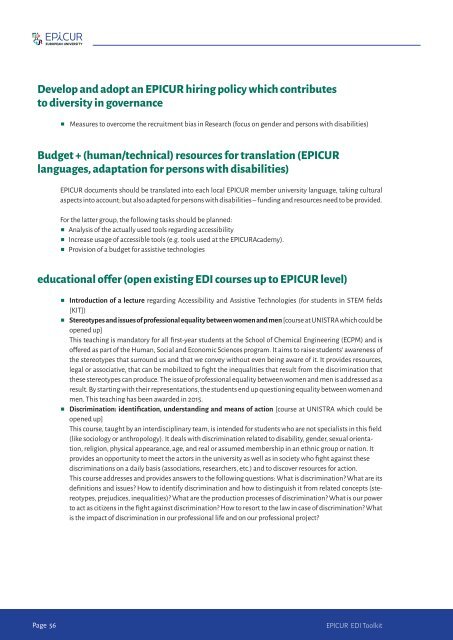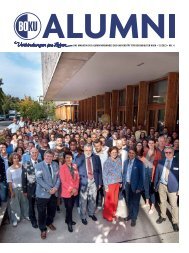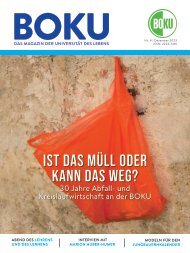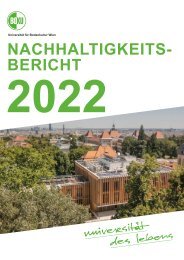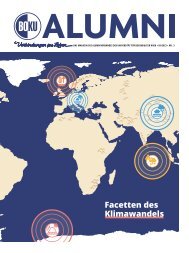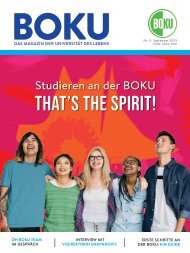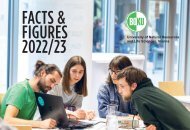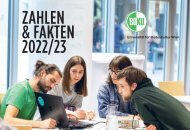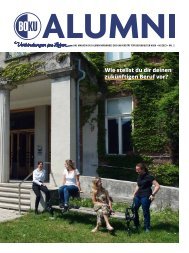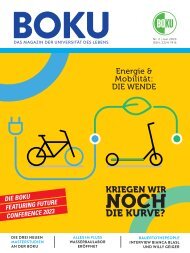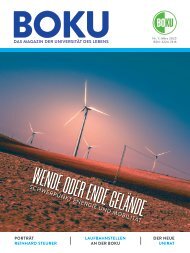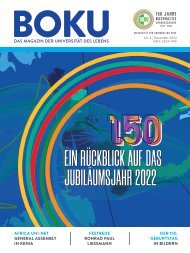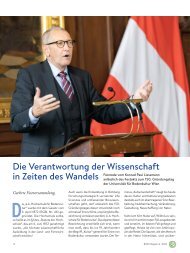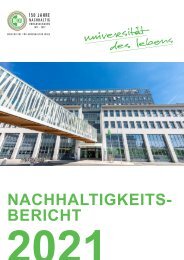EPICUR EDI Toolkit
Create successful ePaper yourself
Turn your PDF publications into a flip-book with our unique Google optimized e-Paper software.
Develop and adopt an <strong>EPICUR</strong> hiring policy which contributes<br />
to diversity in governance<br />
• Measures to overcome the recruitment bias in Research (focus on gender and persons with disabilities)<br />
Budget + (human/technical) resources for translation (<strong>EPICUR</strong><br />
languages, adaptation for persons with disabilities)<br />
<strong>EPICUR</strong> documents should be translated into each local <strong>EPICUR</strong> member university language, taking cultural<br />
aspects into account; but also adapted for persons with disabilities – funding and resources need to be provided.<br />
For the latter group, the following tasks should be planned:<br />
• Analysis of the actually used tools regarding accessibility<br />
• Increase usage of accessible tools (e.g. tools used at the <strong>EPICUR</strong>Academy).<br />
• Provision of a budget for assistive technologies<br />
educational offer (open existing <strong>EDI</strong> courses up to <strong>EPICUR</strong> level)<br />
• Introduction of a lecture regarding Accessibility and Assistive Technologies (for students in STEM fields<br />
[KIT])<br />
• Stereotypes and issues of professional equality between women and men [course at UNISTRA which could be<br />
opened up]<br />
This teaching is mandatory for all first-year students at the School of Chemical Engineering (ECPM) and is<br />
offered as part of the Human, Social and Economic Sciences program. It aims to raise students‘ awareness of<br />
the stereotypes that surround us and that we convey without even being aware of it. It provides resources,<br />
legal or associative, that can be mobilized to fight the inequalities that result from the discrimination that<br />
these stereotypes can produce. The issue of professional equality between women and men is addressed as a<br />
result. By starting with their representations, the students end up questioning equality between women and<br />
men. This teaching has been awarded in 2015.<br />
• Discrimination: identification, understanding and means of action [course at UNISTRA which could be<br />
opened up]<br />
This course, taught by an interdisciplinary team, is intended for students who are not specialists in this field<br />
(like sociology or anthropology). It deals with discrimination related to disability, gender, sexual orientation,<br />
religion, physical appearance, age, and real or assumed membership in an ethnic group or nation. It<br />
provides an opportunity to meet the actors in the university as well as in society who fight against these<br />
discriminations on a daily basis (associations, researchers, etc.) and to discover resources for action.<br />
This course addresses and provides answers to the following questions: What is discrimination? What are its<br />
definitions and issues? How to identify discrimination and how to distinguish it from related concepts (stereotypes,<br />
prejudices, inequalities)? What are the production processes of discrimination? What is our power<br />
to act as citizens in the fight against discrimination? How to resort to the law in case of discrimination? What<br />
is the impact of discrimination in our professional life and on our professional project?<br />
Page 56<br />
<strong>EPICUR</strong> <strong>EDI</strong> <strong>Toolkit</strong>


